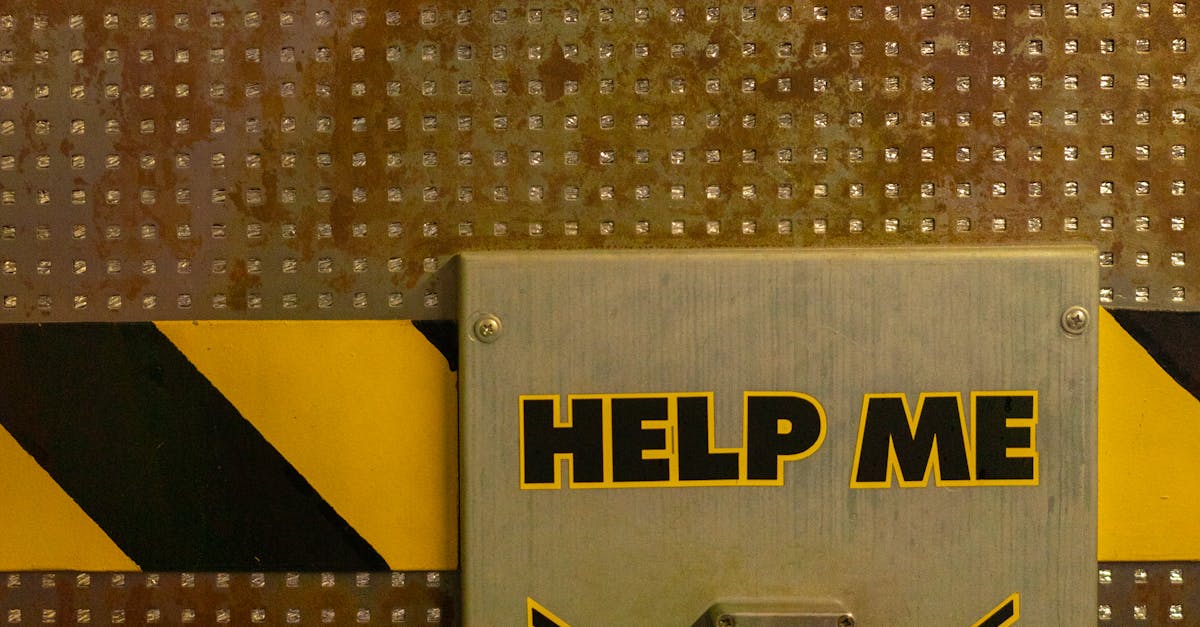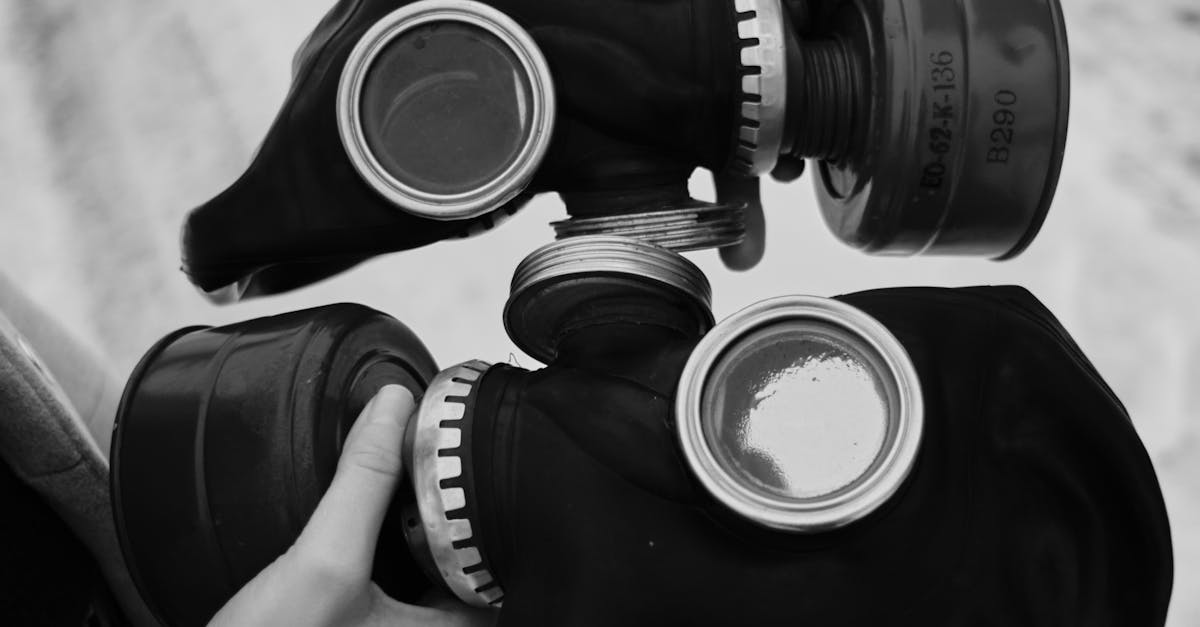
Table Of Contents
Replacing Worn Parts
Worn parts are often the culprits behind a running toilet. Over time, components such as the flapper, fill valve, and flush valve can deteriorate, leading to leaks or inefficient function. When performing toilet repairs, it is essential to inspect these parts for wear and tear. A simple visual check can reveal cracked or warped elements that may need replacing. The flapper is particularly important as it controls the flow of water from the tank into the bowl. If it fails to seal properly, water will continue to run, wasting both water and money.
Replacing worn parts typically requires a few basic tools and new components available at most home improvement stores. Before getting started, it’s wise to turn off the water supply to the toilet, preventing accidental flooding during the process. Carefully removing the damaged parts and installing the new ones can restore proper function to the toilet and eliminate the frequent running issues. If you are unsure about the specific parts needed, consulting with store staff or referencing manufacturer guidelines can provide valuable assistance in your toilet repairs.
Knowing When to Replace Components
Recognizing when to replace components in a toilet is essential for effective toilet repairs. Worn out or damaged parts can lead to frequent problems, such as running water or leaks. Common culprits include the flapper valve, fill valve, and flush valve. If the toilet is constantly running or fails to flush properly, these components should be inspected first. Look for signs of wear like cracks, corrosion, or buildup that could indicate it is time for a replacement.
In addition to visual inspection, pay attention to the age of the components. Most parts have a lifespan of several years, but factors such as hard water can shorten this timeframe. If the toilet has been in use for over a decade, replacing the main components can lead to more efficient operation and reduce the risk of future issues. Ensuring these parts are in good working condition is an important step in maintaining your bathroom and performing necessary toilet repairs.
Testing the Flush Handle
A malfunctioning flush handle can contribute to a toilet that runs intermittently. Start by checking if the handle feels loose or is stuck when pressed. If it’s difficult to engage or overly wobbly, the mechanism inside may require attention. In some cases, the handle itself may need adjustment or replacement. Observing how the flush mechanism responds can provide valuable insights into necessary toilet repairs.
In addition to physical inspection, test the handle by flushing the toilet multiple times to gauge its responsiveness. If the flush doesn’t occur as expected or the handle requires repeated effort to function, this indicates a deeper problem. Ensure that the flush chain or lift arm isn't tangled or broken. Addressing these issues promptly can prevent further complications and ensure smooth performance during toilet repairs.
Assessing Handle Functionality
When dealing with a toilet that runs intermittently, assessing the functionality of the flush handle is crucial. A handle that feels loose or flimsy may indicate that it is not fully engaging the flapper valve. This malfunction can lead to water leaking from the tank into the bowl, causing the toilet to run more often than necessary. If the handle is difficult to press down or does not spring back into place, it might require adjustment or replacement to ensure proper function.
To check the handle’s effectiveness, remove the tank lid and observe the mechanism when the handle is pressed. Pay attention to the chain connected to the flapper; it should have a slight amount of slack but not be overly loose. If the chain is too tight or tangled, it can prevent the flapper from sealing properly, resulting in continuous water flow. Performing these basic assessments can help identify the need for toilet repairs and restore efficient operation.
Monitoring for Continuous Leaks
A toilet that runs intermittently can often be attributed to small leaks within the system. One common method to detect these leaks is by using a dye test. By adding a few drops of food coloring to the toilet tank, you can quickly see if the dye seeps into the bowl without flushing. If the colored water appears in the bowl within a short time, it indicates that there is a leak from the tank to the bowl, which may require immediate toilet repairs.
Continuous leaks not only waste water but also result in higher utility bills. Identifying the source of the leak can save both water and money in the long run. In many cases, simple repairs can be made, such as replacing the flapper valve or adjusting the float. Regular monitoring can help spot issues before they escalate, making it essential for homeowners to keep an eye on their toilets for signs of problems needing repair.
Conducting a Dye Test
A dye test is a simple yet effective method to determine if your toilet is leaking water from the tank into the bowl. This process involves adding a few drops of food coloring or a dye tablet to the toilet tank. After waiting about 15 to 30 minutes, check the toilet bowl to see if any colored water has seeped into it. If the water in the bowl changes color during this period, it indicates that there is a leak, which can lead to continuous running and unnecessary water waste.
Identifying a leak through a dye test can help pinpoint the specific area that requires attention in your toilet repairs. Common culprits include a worn flapper valve or issues with the fill valve assembly. Addressing these problems promptly can not only fix the running issue but also prevent further complications and water wastage in the future. Taking the time to conduct this test ensures that you can effectively manage and maintain your toilet’s functionality.
FAQS
What causes a toilet to run every so often?
A toilet may run intermittently due to worn-out parts such as the flapper or fill valve, improper adjustments in the flush handle, or leaks in the tank that require attention.
How can I tell if the flapper needs to be replaced?
You can determine if the flapper needs replacement by inspecting it for signs of wear, such as cracks or warping, and by checking if water continuously leaks from the tank into the bowl.
What is a dye test and how do I perform it?
A dye test involves adding a few drops of food coloring or dye to the toilet tank and waiting for about 30 minutes. If the color seeps into the bowl without flushing, it indicates a leak from the tank.
How do I know if the flush handle is functioning properly?
You can assess the functionality of the flush handle by checking if it moves freely and returns to its original position after being pressed. If it sticks or feels loose, adjustments or replacement may be necessary.
Can I fix a running toilet myself, or should I call a plumber?
Many minor issues causing a running toilet can be fixed as a DIY project, such as replacing worn parts or adjusting the flush handle. However, if you are unsure or the problem persists, it may be best to consult a plumber for assistance.



















